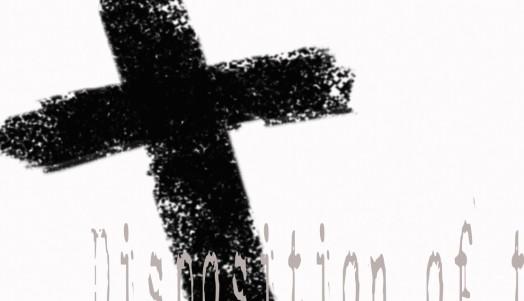
2 minute read
In the Beginning: The Book of John
(John 8:1-11[HCSB])
1 But Jesus went to the Mount of Olives.
Advertisement
2 At dawn He went to the temple complex again, and all the people were coming to Him. He sat down and began to teach them.
3 Then the scribes and the Pharisees brought a woman caught in adultery, making her stand in the center. 4
“Teacher,” they said to Him, “this woman was caught in the act of committing adultery. 5 In the law Moses commanded us to stone such women. So what do You say? ” 6 They asked this to trap Him, in order that they might have evidence to accuse Him.
Jesus stooped down and started writing on the ground with His finger. 7 When they persisted in questioning Him, He stood up and said to them, “The one without sin among you should be the first to throw a stone at her.”
8 Then He stooped down again and continued writing on the ground. 9 When they heard this, they left one by one, starting with the older men. Only He was left, with the woman in the center. 10 When Jesus stood up, He said to her, “* Woman, where are they? Has no one condemned you? ”
11 “No one, Lord,” she answered.
“Neither do I condemn you,” said Jesus. “Go, and from now on do not sin anymore.”
Grace is different
The Law says: a woman caught in adultery must be put to death Deuteronomy 22:22. Of course it also says that the man must die; though it appears that the authorities had grown to overlook this aspect of the Law.
Grace says: neither do I condemn you. However, your sin itself condemns you. Stop sinning like this if you want to have peace.
Yes, grace is different but its peculiarity does not absolve any of us of accountability or personal responsibility. Unlike the Law, grace is transformative and illustrates just how God loves and protects His children.
This healthy and dynamic parental model shows a God Who is no longer wrathful; yet He still jealously protects His small and vulnerable nation.
In grace, God never steps away from Who He is. In fact, in Christ we see His fullness.
The hallmark, or prime aspect, of His perfect nature is now fully developed in Christ as reconciler. The images of both Lamb of God and Good Shepherd again demonstrate His fullness and the mystery of a “both/and” Creator God.
Just as Jesus intervened with the woman at the well, which was a moment of private conviction, Jesus as God offers the woman to be stoned to death, and each of us, hope in a new direction for our lives; as such we are fully responsible for the direction we take, and while we are called to make it public, He never ever leaves our side.
In His fullness God does not condemn: He loves us even to the cross. That is our hope!




